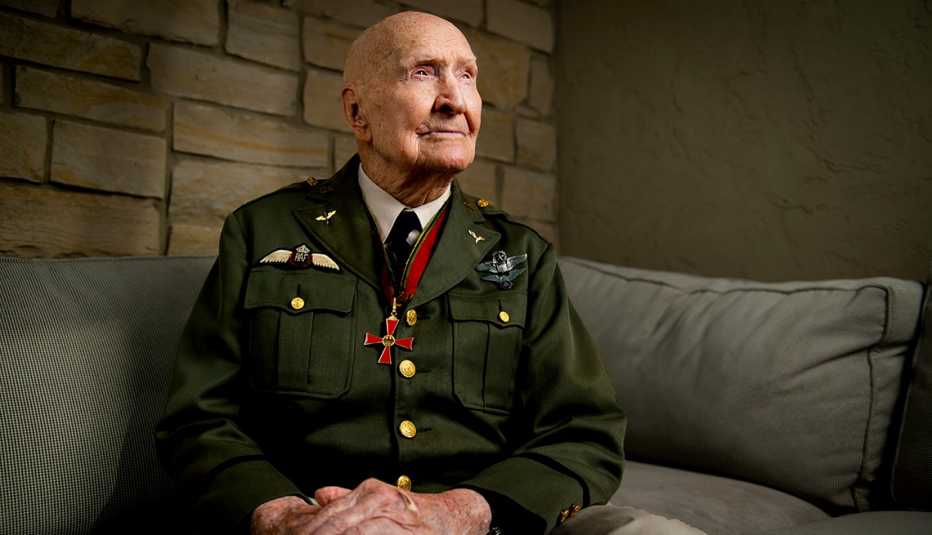AARP Hearing Center


U.S. military pilot Gail S. Halvorsen — known as the “Candy Bomber” for his candy airdrops during the Berlin airlift, after World War II — has died at age 101. He died Wednesday, following a brief illness, in his home state of Utah, surrounded by most of his children, according to James Stewart, director of the Gail S. Halvorsen Aviation Education Foundation.
Halvorsen was beloved and venerated in Berlin, which he last visited in 2019. The city was celebrating the 70th anniversary of the day the Soviets lifted their post–World War II blockade, which had cut off supplies to West Berlin, with a big party at the former Tempelhof Airport in the German capital.
“Halvorsen’s deeply human act has never been forgotten,” Berlin Mayor Franziska Giffey said in a statement.
Utah Governor Spencer Cox also praised Halvorsen, who was born in Salt Lake City but grew up on farms before getting his pilot’s license. “I know he’s up there, handing out candy behind the pearly gates somewhere,” he said.
Following the attack on Pearl Harbor, Halvorsen trained as a fighter pilot, then served as a transport pilot in the South Atlantic during World War II before flying food and other supplies to West Berlin as part of the airlift.
According to his account on the foundation’s website, Halvorsen had mixed feelings about the mission to help the United States’ former enemy after having lost friends in the war. But his attitude changed, and his new mission was launched, after meeting a group of children behind a fence at Tempelhof Airport.

































































More on Home and Family
Celebrated Tuskegee Airman Dies at 102
Charles McGee was most proud of breaking racial barriers, defeating NazisDaughter's Final Moments With Father in VA Nursing Home
Air Force vet's passing marked by roll call of fellow residents
Library of Congress Seeks Firsthand Stories of Military Service
Veterans History Project preserves accounts from vets, family members for future generations